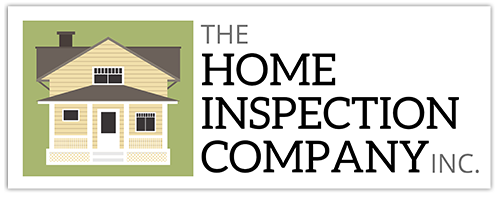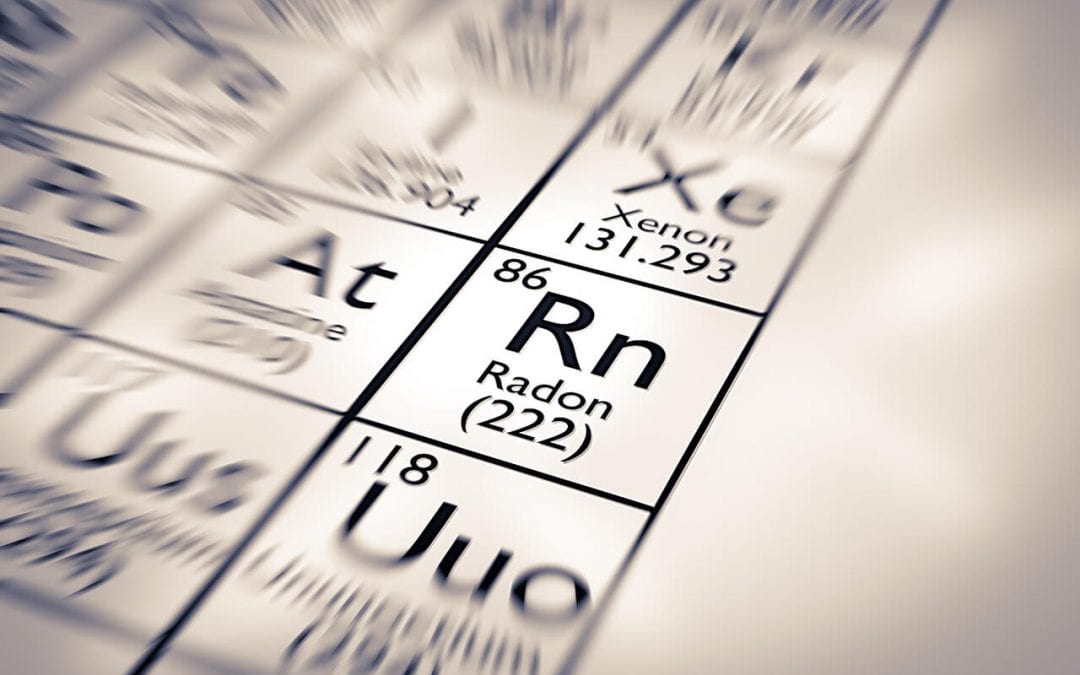To understand the dangers of radon in the home, it’s important to know some facts. Radon is a naturally-occurring, radioactive gas that is inert, odorless, and colorless. In nature, radon disperses harmlessly into the air.
Radon becomes dangerous when it seeps into the foundations of homes and buildings. The gas becomes trapped and builds up over time. Exposure to radon increases the risks of lung cancer, even in nonsmokers. According to the Canadian Cancer Society, radon gas is responsible for 16% of lung cancer deaths every year.
Myth: I Don’t Need to Worry About the Dangers of Radon
The natural properties of radon gas make it impossible to detect without a test. Unless you have your home tested for radon, you won’t know whether it is a threat to your family. According to healthline.com, it is believed that one in every 15 homes has high radon levels.
You may think that the quality of your home’s construction means that you won’t be exposed to the dangers of radon. However, radon gas can infiltrate any type of home construction. Well-insulated and tightly sealed homes are more likely to develop a build-up of the gas.
Myth: Radon Tests are Lengthy and Expensive
When you consider that your family’s health is on the line, radon tests are well worth the cost. You can find inexpensive DIY radon test kits at a hardware store, but it is best to receive more definitive results from a professional. It will cost more than the DIY method but is still very affordable and worth the peace of mind that the results are accurate.
Myth: The Dangers of Radon Only Exist in Some Parts of the Country
Certain areas of Canada tend to have higher concentrations of radon than others, but radon can be found in any house throughout the country, no matter the location. It is unwise to assume that your risk is low based on where you live.
Myth: My Neighbor Tested for Radon So I Don’t Need To
Don’t assume that the results of your neighbor’s radon test mean that your own home is safe. Differences in the condition of your foundation and how well your home is sealed are enough to increase the risks to you and your family.
Dangers of Radon to Your Health
Exposure to radon gas increases your chances of developing lung cancer. Radon damages the cells in your lungs and can cause lung cancer in nonsmokers and smokers alike.
Early Lung Cancer Symptoms Include:
- Persistent cough, coughing up blood
- Chest pain
- Frequent pneumonia or bronchitis
- Wheezing, shortness of breath
- Chronic hoarseness
What You Can Do
There are measures you can take to reduce the dangers of radon gas in your home. Caulking and sealing any foundation cracks will reduce the amount of radon that enters your home. Installing a vent pipe and fan system will help disperse radon gas back into the atmosphere. This said, leave mitigation efforts to the professionals to ensure it’s done correctly.
For homes with a basement or slab foundation, the installation of a gas-permeable layer beneath the slab or floor will force the radon to move around your house. For homes with crawl spaces, installing plastic sheeting over the crawl space floor can help redirect the radon gas.
The first step in addressing the dangers of radon is to have your home professionally tested. If radon is found in your home at unsafe levels, your home inspector can advise you on the next best steps to take.
The Home Inspection Company offers inspections and radon testing to Calgary and the surrounding areas. Contact us to request our services.

